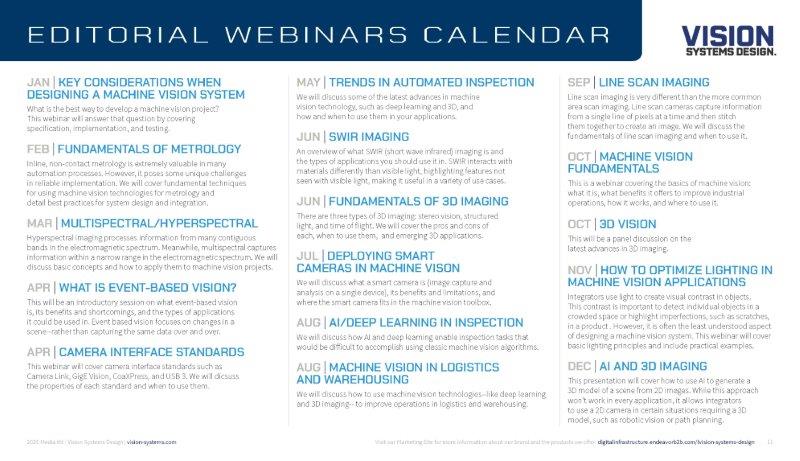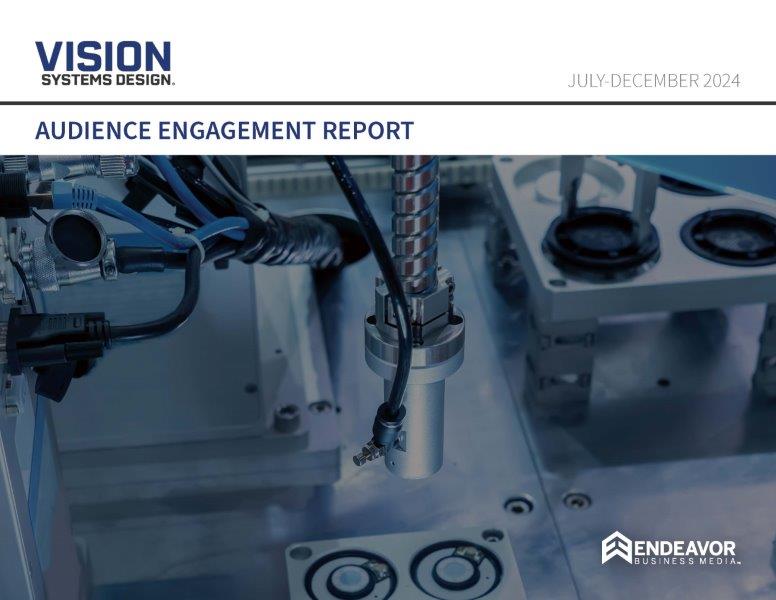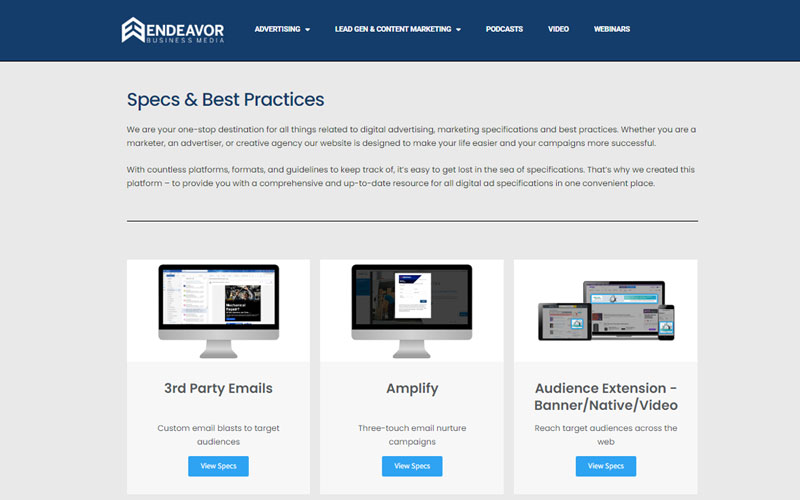
featured in the July/August Issue of Laser Focus World
Explore Article Descriptions
Issue Highlights
The July/August 2025 issue highlights an array of emerging technologies and new products.
Optical bistability of neodymium-doped nanocrystals as ‘binary switch’ for optical computing?
A team of researchers led by Artiom Skripka, an assistant professor at Oregon State University, discovered that luminescent neodymium-doped nanocrystals are a robust and scalable material that can act as a binary optic switch or a tiny memory unit. LFW’s Sally Johnson talks to them about their discovery and what it means.
Intrinsic optical bistability is an advance toward photonic integrated circuits that may outperform current electronic or optoelectronic systems. While likely still 10 or 15 years out, there are opportunities to use these nanocrystals in imaging and sensing applications beyond computing.
Breakthrough material for broadband photodetectors: Gii
A sustainable carbon nanomaterial “Gii” is poised to revolutionize broadband photodetectors because it can absorb the full spectrum of light—from ultraviolet to infrared.
In this contributed article from Professor Des Gibson at the University of West Scotland and Carlos Garcia Nuñez, a lead academic at the University of Glasgow, they introduce us to Gii, and explain why it’s a breakthrough material for broadband photodetectors, the optoelectronic devices that convert electromagnetic waves into electrical signals.
Germanium boosts infrared photodiode responsivity
Researchers led by Professor Hele Savin at Aalto University in Finland recently developed a new type of infrared (IR) photodiode that’s 35% more responsive at 1.55 µm—the key wavelength for telecommunications—than other germanium-based components. Importantly, this new device can be manufactured using current production techniques, which makes it highly practical for adoption.
When the team set out, they wanted to select a CMOS-compatible material that absorbs IR. They ended up choosing germanium as a substrate material, despite the general consensus that you can’t make high-performance sensors from germanium. LFW’s Sally Johnson talks to them about their work and where it’s heading.
While the team believed their sensors would have high sensitivity compared to germanium sensors available today, “it was still a very exciting surprise to us that the photo response exceeded even state-of-the-art indium gallium arsenide (InGaAs) sensors,” Savin says.
Ultrafast cameras get next-gen high-quantum-efficiency, low-noise CMOS image sensors
SI Sensors designed a novel structure within a photodiode to create drift fields to increase the velocity of signal electrons that allows them to be swept out of the photodiode and sampled much faster—and it enables photon detection and signal-electron transfer to be achieved at nanosecond resolution.
In this contributed piece by Phil Brown, general manager of SI Sensors (U.K.), he shares the challenges involved in developing ultrahigh-speed complementary metal-oxide semiconductor (CMOS) image sensors.
Laser pulse shaping enhances busbar welding for EV prismatic batteries
In this contributed piece by Photon Automation’s Najah George, William A. Huffman Jr., Michael A. Dupont, Jack Meranda, and David Stucker, they describe how laser pulsing with different pulse shapes reduces heat and increases strength in busbar welding for prismatic lithium-ion batteries.
Electric vehicles (EVs) and energy storage rely on robust and efficient battery modules and packs to ensure optimal performance and reliability. Busbar is the critical component that facilitates electrical connectivity between battery cells, and advances in laser welding technology are improving the structural integrity and extending the lifespan of these essential connections.
Nature-inspired solar lasers to sustainably power space missions
An international team of researchers is working on a new way to harvest solar energy in space. The €4 million ($4.1M) APACE project is jointly funded by the European Innovation Council and Innovate U.K., part of U.K. Research and Innovation. The team—from the U.K., Italy, Germany and Poland—is creating a new type of solar-powered lasers.
In this contributed piece by Professor Erik Gauger of the Institute of Photonics and Quantum Sciences at Heriot-Watt University in Scotland, he shares how the team’s work is inspired by photosynthesis to convert sunlight into laser beams and enable transmission of power over vast distances such as between satellites, from satellites to lunar bases, or even back to Earth.
High-speed battery foil laser cutting cuts costs in tabless battery manufacturing
Tabless battery technology offers route to increase the energy density of battery packs, and laser cutting via galvanometer-based scan system offers a manufacturing solution.
In this contributed article by Huihong Qian and Daniel Reitemeyer of Scanlab, they delve into what’s going on within the laser cutting realm and high-speed batteries. Tabless large cylindrical batteries are currently expected to gain market share, thanks to their higher energy density and enhanced power. Qian and Reitemeyer describe a solution for high-speed battery foil laser cutting.
VSD Features
This issue includes an in-depth report on the latest advances in the machine vision market from the editors of Vision Systems Design:
Keys to deploying machine vision in precision in-line measurement
Automated non-contact measurement, or metrology, in manufacturing often involves systems that are integrated directly into the production process to deliver measurements of every part produced. In this article, Machine Vision Expert David Dechow explains the best practices of using machine vision technologies in these applications, emphasizing the importance of creating accurate images with lots of contrast.
Rotor Technologies (Nashua, NH, USA) has developed a drone for agricultural applications such as crop spraying. Sprayhawk is not a fully autonomous vehicle but integrates autonomy and autopilot systems and is flown remotely by a pilot on the ground. It is built on the airframe of a Robinson R44 four-passenger helicopter.
The company expects to begin selling the drone commercially later this year.
Rotor technologies developing giant ag drone
Rotor Technologies (Nashua, NH, USA) has developed a drone for agricultural applications such as crop spraying. Sprayhawk is not a fully autonomous vehicle but integrates autonomy and autopilot systems and is flown remotely by a pilot on the ground. It is built on the airframe of a Robinson R44 four-passenger helicopter.
The company expects to begin selling the drone commercially later this year.
Robooptic System builds system to assemble courtesy light projectors modules
Robooptic Systems, (Klagenfurt, Austria), an integrator, built a system for an unnamed auto manufacturer to assemble courtesy light projector modules that are mounted on car doors. The lights shine a logo down on the ground when you open the car door—more for vanity/branding than function.
Robooptic Systems’ machine—with multiple stations—is responsible for three steps in the assembly process: gluing the mirrored negative with the pattern into the barrel of the assembly, putting the lens on top of the barrel and aligning it, and inspecting the part, primarily checking for cracks.
Fundamentals of event-based cameras
An introductory article on the fundamentals of event-based cameras: What is it? How does it work technically? What applications is it suitable for? Event-based vision focuses on changes in a scene—rather than capturing the same data over and over.
Planning Resources

Media Kit
Comprehensive overview of the market, target audiences, content coverage, and our complete suite of capabilities, all strategically designed to assist marketers in achieving their goals.

Webinar Schedule
Align your brand with a technology-rich presentation of the machine vision industry and generate quality leads. See a complete schedule of editorial webinars in 2024.

Audience Engagement Report
In-depth report featuring audience insights, demographics, trending content, and circulation.

Digital Ad Specifications
Specifications for digital advertising including display banners, rich media, audience extension, native advertising, newsletters, and 3rd party email.
Reserve your spot now!
SALES
Associate Publisher
Tom Larranaga
973-460-9476
tlarranaga@endeavorb2b.com
Northeast, Mid-Atlantic, Southeast, Eastern Canada
Account Manager
Renee Rubens
917-734-4308
rrubens@endeavorb2b.com
West Coast
Senior Sales Coordinator
Courtney Keele
805-679-7615
ckeele@endeavorb2b.com
Market Leader
Peter Fretty
231-329-2739
pfretty@endeavorb2b.com
EDITORIAL
Editor-in-Chief
Linda Wilson
941-200-3345
lwilson@endeavorb2b.com
Senior Editor
Jim Tatum
jtatum@endeavorb2b.com
Stay in the know and sign up to receive information on the latest happenings and marketing opportunities from Laser Focus World.